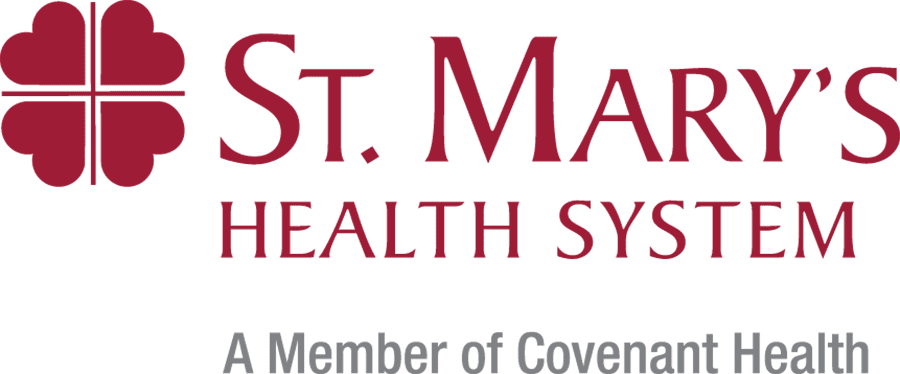Recognizing Sleep Apnea: More Than Just Snoring
Many people think of snoring as little more than a noisy annoyance, but in some cases it could signal a serious sleep disorder called obstructive sleep apnea (OSA). Sleep apnea affects nearly 30 million adults in the United States, yet up to 80 percent of cases go undiagnosed. That’s a major concern, not just for sleep quality but for long-term health.
At St. Mary’s Center for Sleep Disorders, we help patients uncover the hidden causes behind fatigue, memory issues and chronic health conditions. Often, the culprit is sleep apnea. Recognizing the signs early and getting a diagnosis can be life-changing.
What Is Sleep Apnea?
Sleep apnea is a condition in which breathing repeatedly stops and starts during sleep. The most common form is obstructive sleep apnea, which occurs when the muscles at the back of the throat relax and block the airway. Less common is central sleep apnea, where the brain doesn’t send proper signals to the muscles that control breathing. Some people experience a combination of both.
Each pause in breathing can last 10 seconds or longer, and these interruptions can occur dozens or even hundreds of times a night. Over time, this puts serious strain on the heart, lungs and brain.
How Common Is Sleep Apnea?
According to the American Academy of Sleep Medicine (AASM), roughly 26 percent of adults between the ages of 30 and 70 have obstructive sleep apnea. However, it often goes undiagnosed because many people don’t recognize the symptoms—or attribute them to aging, stress or other factors.
The AASM’s most recent national indicator report emphasizes the importance of prompt diagnosis and treatment, noting that untreated sleep apnea increases the risk for high blood pressure, heart disease, stroke and diabetes.
Key Signs and Symptoms
Because people are asleep when symptoms occur, many signs of sleep apnea are first noticed by a partner or roommate. Common symptoms include:
-
Loud, persistent snoring
-
Gasping, choking or snorting sounds during sleep
-
Pauses in breathing observed by others
-
Excessive daytime sleepiness, even after a full night in bed
-
Morning headaches
-
Dry mouth or sore throat upon waking
-
Difficulty concentrating or memory problems
-
Irritability or mood swings
-
Frequent urination at night
Not everyone with sleep apnea snores, and not all snorers have sleep apnea. That’s why a proper evaluation is so important.
Who’s at Risk?
Sleep apnea can affect anyone, including children. However, several risk factors increase the likelihood of developing the condition:
-
Being overweight: Excess tissue around the neck can block the airway.
-
Age: Risk increases with age, especially after 40.
-
Gender: Men are more likely to develop OSA, though risk in women rises after menopause.
-
Neck circumference: A thicker neck may narrow the airway.
-
Family history: Genetics can play a role in airway structure.
-
Alcohol and sedatives: These substances relax throat muscles.
-
Smoking: Smoking inflames the airway and increases fluid retention.
People with certain medical conditions, including high blood pressure, Type 2 diabetes, and heart disease, are also more likely to have undiagnosed sleep apnea.
Why Sleep Apnea Is More Than Just Poor Sleep
The dangers of sleep apnea go far beyond feeling tired. When your body is repeatedly deprived of oxygen throughout the night, it can lead to a cascade of health problems.
Heart health: The repeated drops in oxygen increase stress on the cardiovascular system. People with untreated OSA are at higher risk for high blood pressure, heart attack, abnormal heart rhythms and stroke.
Metabolism and weight: Sleep apnea can disrupt hormones that regulate hunger and fat storage, contributing to weight gain and insulin resistance.
Mental health: Poor sleep quality and lack of oxygen to the brain can lead to depression, anxiety and memory issues.
Safety concerns: People with OSA are significantly more likely to be involved in workplace or motor vehicle accidents due to drowsiness.
Quality of life: Sleep apnea affects energy, libido, motivation and overall enjoyment of life.
How Sleep Apnea Is Diagnosed
The only way to confirm sleep apnea is through a sleep study. This can be done in a lab or at home, depending on the person’s symptoms and overall health.
In-lab sleep study (polysomnography):
This comprehensive overnight test monitors brain activity, eye movement, heart rate, oxygen levels, breathing effort and muscle activity. It provides a complete picture and is typically recommended for people with more complex symptoms or other medical conditions.
At-home sleep apnea testing (HSAT):
This test uses a portable device that records breathing patterns, oxygen saturation and airflow. It’s a convenient option for people who are otherwise healthy and suspected to have moderate to severe OSA.
Once the study is complete, the data is analyzed by a board-certified sleep physician to determine if sleep apnea is present and how severe it is.
Treatment Options
The good news is that sleep apnea is highly treatable. At St. Mary’s, we offer several options based on your diagnosis and personal preferences.
CPAP (Continuous Positive Airway Pressure):
This is the most common and effective treatment for moderate to severe OSA. A CPAP machine delivers a constant stream of air through a mask, keeping the airway open.
BiPAP and APAP:
For some patients, bilevel or auto-adjusting machines are more comfortable or better suited for their needs.
Oral appliances:
Custom-fitted devices that move the jaw forward can help keep the airway open. These are often used for mild to moderate cases.
Lifestyle changes:
Weight loss, quitting smoking, avoiding alcohol before bed and changing sleep positions can reduce symptoms.
Each treatment has pros and cons, and the right choice depends on your health, comfort and sleep goals. Our team walks you through the options and supports you every step of the way.
Why Early Diagnosis Matters
Untreated sleep apnea doesn’t just go away. In fact, it often worsens over time. The longer it goes unmanaged, the more likely it is to cause lasting damage to your heart, brain and overall health.
Getting diagnosed and starting treatment can dramatically improve:
-
Energy levels and alertness
-
Blood pressure and heart function
-
Mood and cognitive function
-
Partner satisfaction (from reduced snoring and restlessness)
-
Long-term risk of chronic disease
Many patients report that using a CPAP or other treatment is life-changing, and they wish they had sought help sooner.
How to Get Started
If you or someone you care about shows signs of sleep apnea, don’t wait. A referral to St. Mary’s Center for Sleep Disorders is a simple first step. Our team will walk you through the process, from initial consultation to diagnosis and treatment.
Here’s what to expect:
-
Consultation: We’ll review your sleep history, symptoms and risk factors.
-
Sleep testing: You’ll either come to our accredited sleep center or receive a device for home testing.
-
Diagnosis: Our sleep specialist will analyze the results and confirm whether sleep apnea or another sleep disorder is present.
-
Treatment plan: We’ll work with you to find the best treatment based on your diagnosis and lifestyle.
Call 207.777.8959 or talk to your primary care provider about getting referred.
Don’t Sleep on the Symptoms
Sleep apnea is a serious condition, but it’s also manageable. You don’t have to live with exhaustion, memory fog or health concerns that come from poor sleep. Recognizing the signs and seeking support can make a dramatic difference in your daily life and long-term well-being.
If snoring, fatigue or other symptoms are holding you back, we’re here to help. At St. Mary’s, your health, and your sleep, matter.

